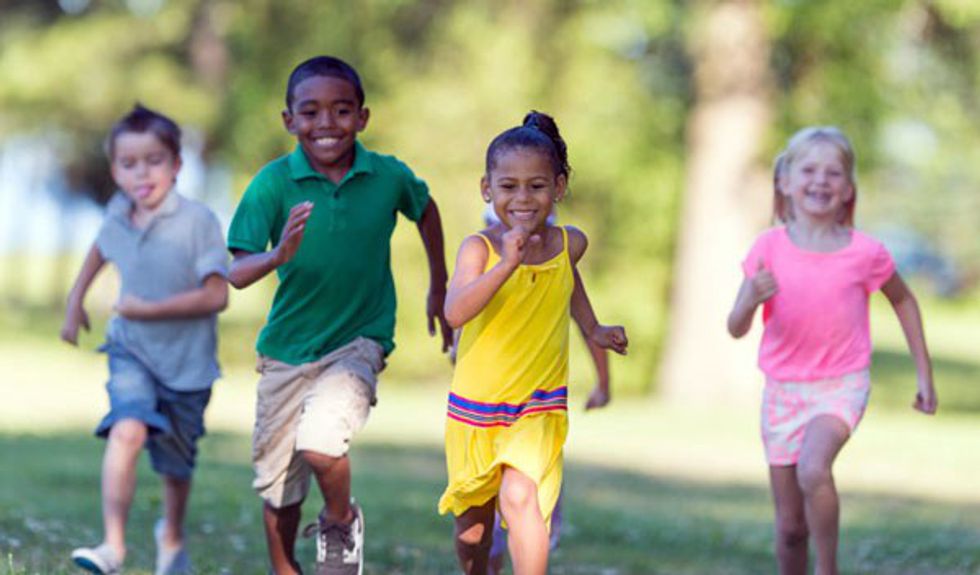Let's face it, there is always something you should be doing with your time. Aside from going to class or work, there is always the possibility that you also need to clean your room, do homework, cook dinner or even just catch up on your current Netflix show. Odds are, you probably have to do more than one of these things at the same time.
The constant sound of the little man in the back of your head screaming at you to get everything done can cause a lot of stress, and stress does nothing but cause mental breakdowns—college classes already do a great job at providing those. However, that little voice hasn't always had a permanent living space inside your brain; there was a time when stress didn't exist, and all that mattered were cookies and making sure your pet fish didn't die.
That time was when you were a child. Judging by the lack of stress preschoolers and kindergarten students have, it may be wise to take a couple lessons in stress-relief from the 5-year-olds.
1. Coloring
Other than the proven idea that coloring is therapeutic, it is also undeniably fun. What sounds better than sitting down with a fresh pack of colored pencils or the glorious box of 64 Crayola crayons (you know, the box with the built-in sharpener that every first grader drooled over) and coloring a picture of a flower to hang on the fridge? That's right, absolutely nothing. Plus, now there is no reason to feel judged when your roommate walks in on you leaned over your desk coloring since almost every store now sells adult coloring books that have been said to relieve stress.
2. Napping
Speaking for myself, I've always loved a good nap. Even in college, my day seems incomplete without at least a 10-minute snooze. According to WebMD, a power nap of up to 20 minutes can be incredibly beneficial in improving alertness while longer naps enhance memory. Even though napping while stressed might seem counter productive, I have personally found that after waking from a quick sleep I feel more able to get things done and less likely to cry from stress.
3. Doing a puzzle
Even though it is beyond frustrating when you can't figure out which piece goes where or when you lose a piece and your puzzle forever remains incomplete, working on a jigsaw puzzle is a workout for both sides of your brain. The left side of your brain is responsible for performing tasks logically while the right side mainly views things from a creative side. The challenging and artistic aspect of a puzzle allows for both of these concepts to be targeted. Focusing on something that is not only rewarding when completed but also mentally stimulating keeps your brain active while also allowing for it to rest.4. Exercising
As a child, this would be considered running around the cul-de-sac until your mom called you in for dinner or pretending you were in a race while riding your bike down the block. According to the Anxiety and Depression Association of America, exercise improves your alertness and concentration while also reducing stress.
5. Reading
Instead of picking up your science textbook and reading a chapter for class tomorrow, sometimes it can be helpful to pick up your favorite book or poem for a little. Allowing your brain to focus on something it is familiar with gives it a break from learning new information. Enjoying a specific piece of literature for a few minutes rather than trying to learn new topics for hours can be a simple stress reliever.


























